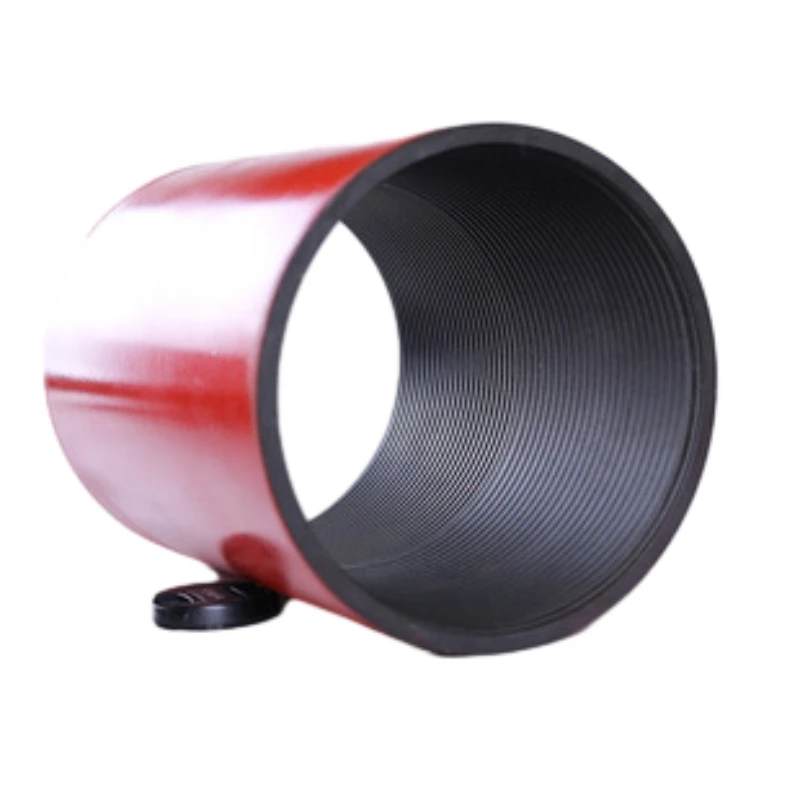- Afrikaans
- Albanian
- Amharic
- Arabic
- Armenian
- Azerbaijani
- Basque
- Belarusian
- Bengali
- Bosnian
- Bulgarian
- Catalan
- Cebuano
- Corsican
- Croatian
- Czech
- Danish
- Dutch
- English
- Esperanto
- Estonian
- Finnish
- French
- Frisian
- Galician
- Georgian
- German
- Greek
- Gujarati
- Haitian Creole
- hausa
- hawaiian
- Hebrew
- Hindi
- Miao
- Hungarian
- Icelandic
- igbo
- Indonesian
- irish
- Italian
- Japanese
- Javanese
- Kannada
- kazakh
- Khmer
- Rwandese
- Korean
- Kurdish
- Kyrgyz
- Lao
- Latin
- Latvian
- Lithuanian
- Luxembourgish
- Macedonian
- Malgashi
- Malay
- Malayalam
- Maltese
- Maori
- Marathi
- Mongolian
- Myanmar
- Nepali
- Norwegian
- Norwegian
- Occitan
- Pashto
- Persian
- Polish
- Portuguese
- Punjabi
- Romanian
- Russian
- Samoan
- Scottish Gaelic
- Serbian
- Sesotho
- Shona
- Sindhi
- Sinhala
- Slovak
- Slovenian
- Somali
- Spanish
- Sundanese
- Swahili
- Swedish
- Tagalog
- Tajik
- Tamil
- Tatar
- Telugu
- Thai
- Turkish
- Turkmen
- Ukrainian
- Urdu
- Uighur
- Uzbek
- Vietnamese
- Welsh
- Bantu
- Yiddish
- Yoruba
- Zulu
PUP Joint Requirements and Specifications for Optimal Performance and Durability
Understanding Pup Joint Specifications A Comprehensive Guide
In the realm of oil and gas drilling, the significance of each component cannot be overstated. One critical element often discussed among engineers and field personnel is the pup joint. While it may seem like a minor part of the overall drilling assembly, the pup joint's specifications play a pivotal role in ensuring the efficiency and safety of drilling operations.
What is a Pup Joint?
A pup joint is a short piece of pipe or tubing used to connect two larger sections of drilling pipe or casing, effectively extending the total length of the drill string. While pup joints may vary in length, they typically range from a few feet to 10 feet or more. Their primary purpose is to adjust the height of the drilling assembly, allowing for better control of the drilling process. The use of pup joints is particularly useful for fine-tuning the drilling equipment to achieve the desired depth without adding unnecessary weight.
Key Specifications of Pup Joints
When it comes to pup joint specifications, various factors must be taken into account to ensure optimal performance. Here are the key specifications to consider
1. Material Composition Pup joints are usually made from high-quality steel, capable of withstanding the extreme pressures and temperatures encountered during drilling. The standard materials include carbon steel and alloy steel, each offering different strengths and corrosion resistance levels.
2. Dimensions The most common sizes for pup joints are 2-3/8 inches to 5-1/2 inches in outer diameter, while the thickness of the pipe wall can also vary. Depending on the drilling environment and requirements, the length of pup joints may be customized to meet specific needs.
3. Pressure Ratings Every pup joint has a pressure rating, which is the maximum pressure it can withstand during drilling operations. This specification is critical, as exceeding the pressure limit can lead to catastrophic failures. Pressure ratings are determined by factors such as material grade and joint design.
pup joint specifications

4. Connection Type Pup joints can come with various connection types, including threaded, welded, or flanged ends. The type of connection is crucial as it determines how the pup joint will integrate into the larger drilling assembly. Threaded connections are common due to their versatility and ease of assembly.
5. Working Temperature Drilling operations often occur under extreme thermal conditions. Therefore, pup joints must be designed to handle varying temperatures, from freezing cold to scorching heat. Understanding this specification helps ensure that the components will maintain integrity and performance throughout the drilling operation.
Applications of Pup Joints
Pup joints find utilization in various scenarios within drilling operations. They are typically used in the following applications
- Fine-Tuning Drilling Depth As mentioned earlier, pup joints can be used to achieve precise drilling depth adjustments without adding excessive weight to the drill string.
- Compensating for Equipment Variance In some situations, the existing drill string may not be of sufficient length due to equipment variances. Pup joints provide a quick solution to fill this gap, facilitating uninterrupted drilling operations.
- Facilitating Installation and Maintenance During repair or maintenance of the drill string or when installing new equipment, pup joints can conveniently connect different sections without requiring significant disassembly.
Conclusion
Understanding pup joint specifications is vital for professionals in the oil and gas industry. The right specifications ensure that pup joints perform their functions effectively, contributing to the overall success of drilling projects. By considering factors such as material composition, dimensions, pressure ratings, connection types, and working temperatures, engineers can make informed decisions that enhance drilling efficiency and safety. In an industry where every part matters, pup joints stand out as essential components that must not be overlooked. Whether it's a minor adjustment in depth or a critical part of maintaining the integrity of the entire drilling operation, the humble pup joint plays a significant role in the complex world of oil and gas drilling.
-
Tubing Pup Joints: Essential Components for Oil and Gas OperationsNewsJul.10,2025
-
Pup Joints: Essential Components for Reliable Drilling OperationsNewsJul.10,2025
-
Pipe Couplings: Connecting Your World EfficientlyNewsJul.10,2025
-
Mastering Oilfield Operations with Quality Tubing and CasingNewsJul.10,2025
-
High-Quality Casing Couplings for Every NeedNewsJul.10,2025
-
Boost Your Drilling Efficiency with Premium Crossover Tools & Seating NipplesNewsJul.10,2025







